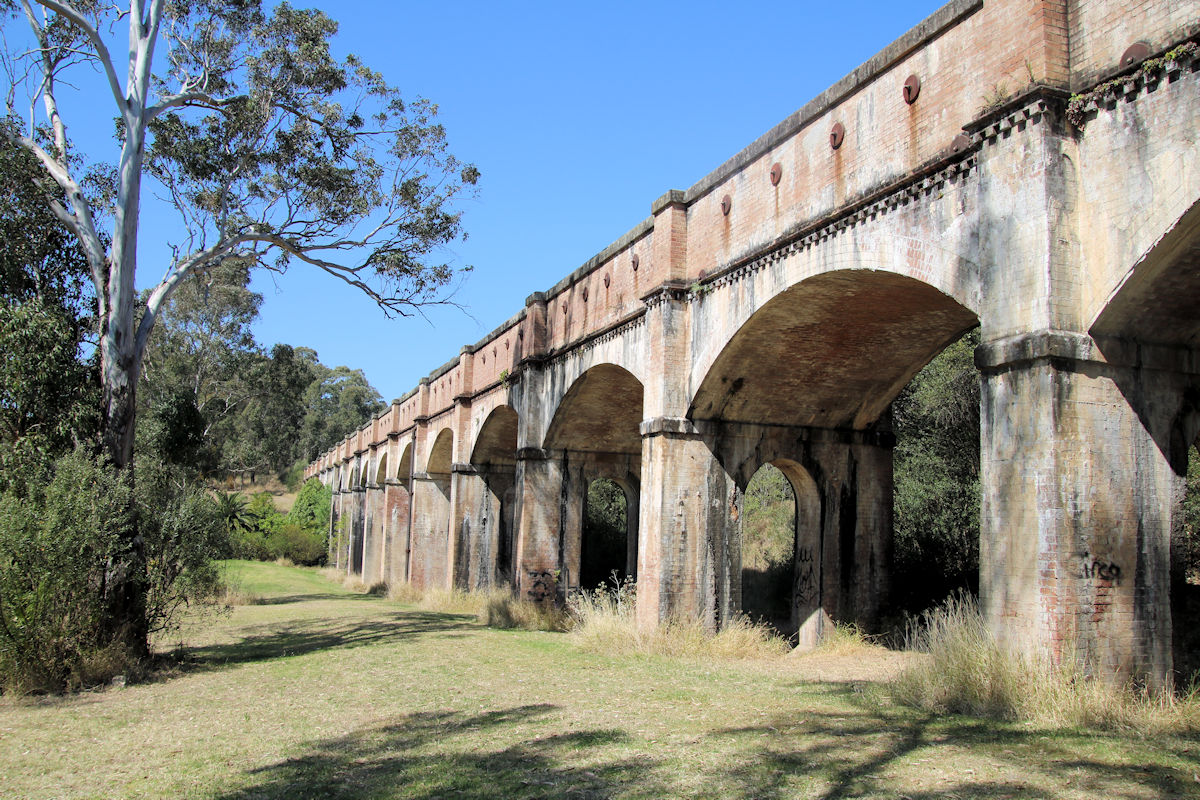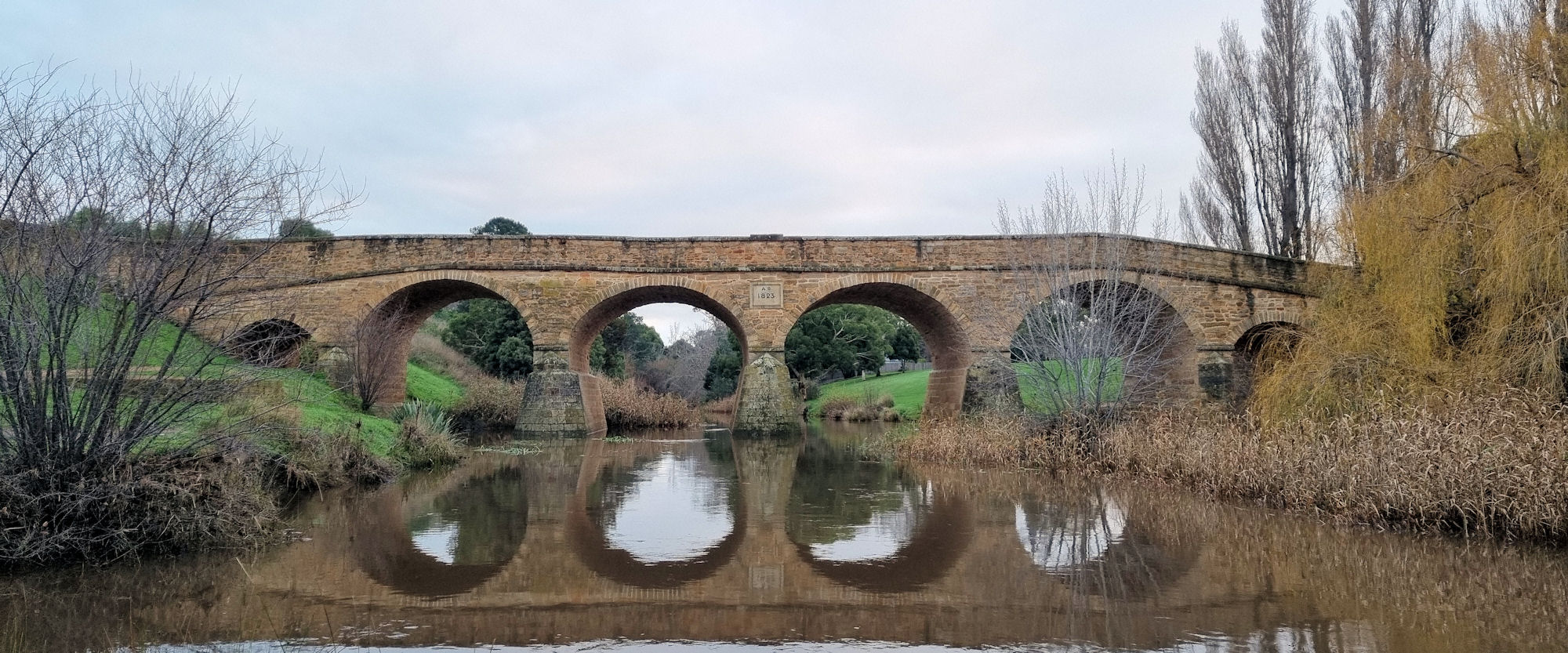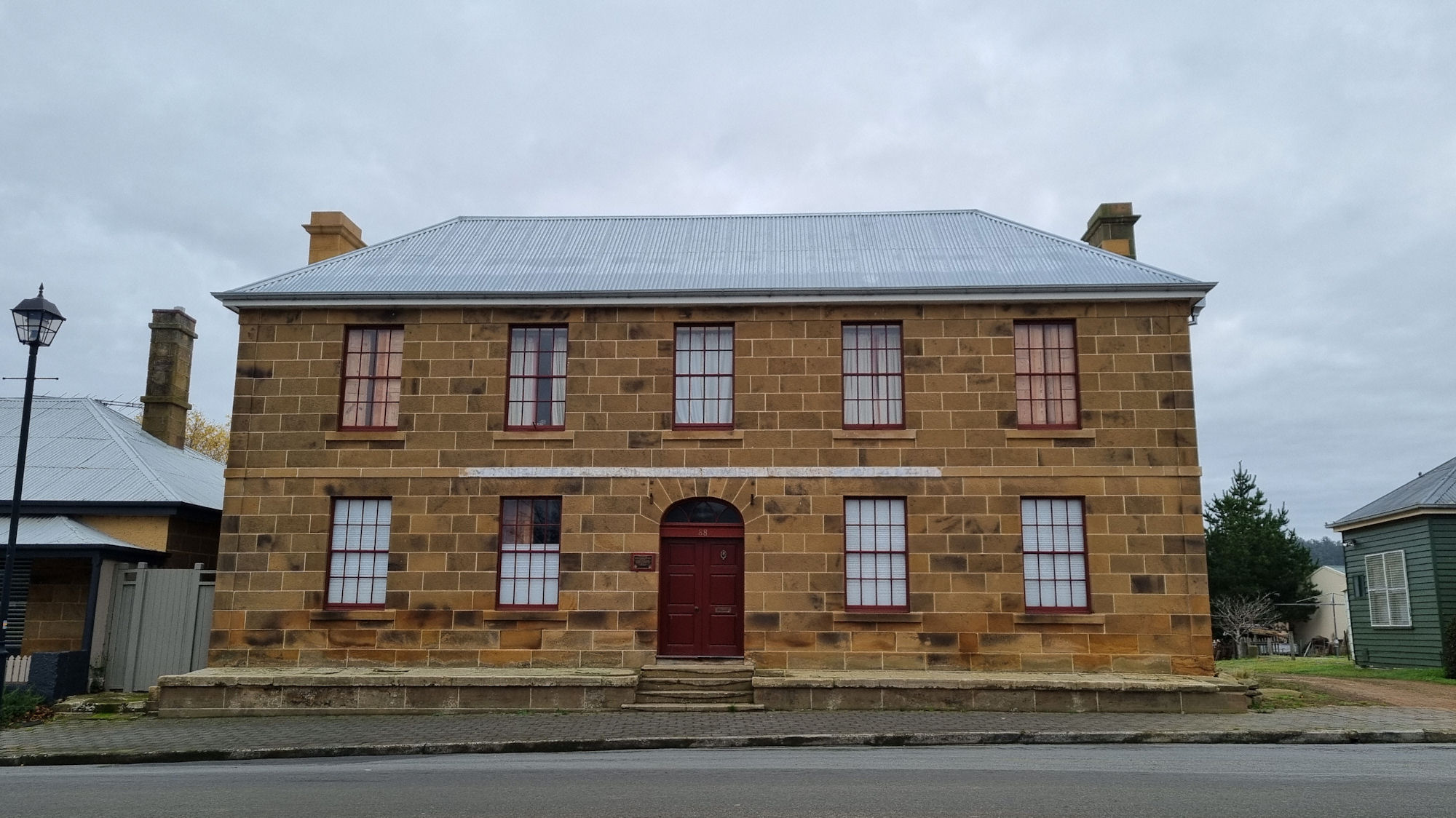Tag: Architecture
-
Boothtown Aqueduct Sydney

Boothtown Aqueduct Sydney Built between 1886 and 1888, the Boothtown Aqueduct was part of the Upper Nepean Scheme to convey water from the new Prospect reservoir to the new Potts Hill reservoir. In 1907 the aqueduct was by-passed with a 3 metre wide, reinforced concrete syphon, built on the southern side that allowed the water… Read more
-
Historic Richmond Tasmania

Richmond Tasmania Established as an important military staging post and convict station linking Hobart with Port Arthur, Richmond is one of the most popular tourist destinations in Tasmania. With over 50 historic buildings, most dating from the 1820s it’s a stark reminder of Tasmania’s convict past. Located only 20 minutes from Hobart Airport, we chose… Read more
-
Oatlands Convict Buildings Tasmania

Oatlands Only one hour north a Hobart, or 90 minutes south of Launceston, Oatlands has an almost untouched Georgian townscape. We drove through on our way to Bruny Island from Ross early in the morning, so not much was open. After getting our morning coffee, we walked along the main street admiring the old sandstone… Read more